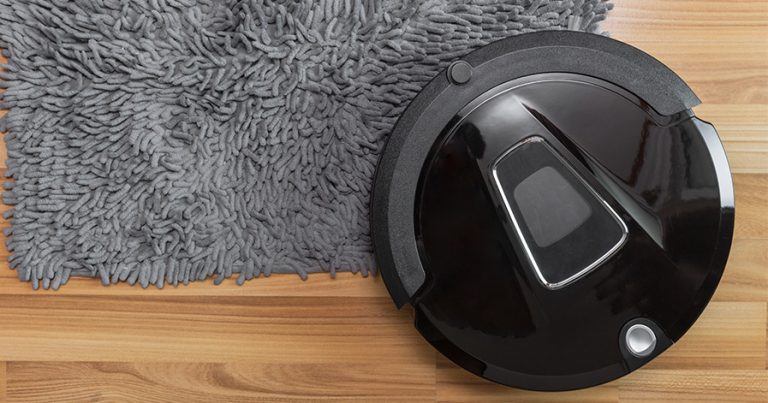8 Plants That Can Improve Your Home’s Air Quality
Air-Purifying Indoor Plants
Choosing air-purifying indoor plants can help detoxify the air in your living spaces, especially in enclosed spaces where there is not much air flow. There are a number of plants that help with removing germs and toxins you cannot see that can be harmful to your health. Since the pandemic, people have become more conscious than ever of the importance of indoor air quality.
What Are Air-Purifying Plants?
Plants take in carbon dioxide and give out life-giving oxygen. Through the process of photosynthesis, they convert the carbon dioxide we exhale. They remove gases from the air by absorption. While a single spider plant or peace lily may not make a noticeable difference, having many air-purifying plants may do so.
What Are the Health Benefits?
The level of pollutants in indoor air can be up to five times higher than in the air outdoors.
Paper bags and synthetic fabrics contain formaldehyde. Dyes contain benzene. The printing and rubber industries use xylene. Floor waxes and window cleaners contain ammonia.
As plants release oxygen and add moisture to the air, they can lessen the impact of airborne allergens, like dust and dander. This helps people who suffer from conditions like asthma or allergies. They can also absorb toxins and reduce their effects, which include headaches, dizziness and ear, nose and throat irritation.
1. Peace Lily
The peace lily is a highly recommended plant for air purification. It is a perennial plant, and its name comes from its white blooms. The leaves are dark green and glossy, so the plant makes an attractive addition to any room. The peace lily can remove benzene, xylene, carbon monoxide and formaldehyde from the air.
The plant thrives in bright, indirect light and wilts if it doesn’t receive enough water. Try to keep the soil consistently moist. The leaves start to brown if you neglect them. Fertilize it with a slow-release fertilizer in spring to promote the growth of its glorious white flowers.
2. English Ivy
English ivy grows on many walls outside, but it also grows well in small pots and can help to purify the air. It is a perennial vine that is particularly effective at removing airborne fecal particles. This is why having one in a bathroom is a great idea. You can propagate a cutting very easily.
When it comes to caring for it, this plant needs about four hours a day of direct sunlight and generous watering. Other than that, it is pretty hardy and easy to grow.
3. Snake Plant
The snake plant is a succulent that can grow anywhere between six inches to a few feet. The leaves grow upright and are evergreen and sword-shaped. They almost look as though they are artificial, but they are effective at filtering toxic indoor air and removing harmful pollutants.
This hardy plant requires little care. It can handle bright or direct light for a couple of hours a day. It thrives in dry conditions, so don’t water it too much.
4. Spider Plant
Spider plants have long, white and green fronds that spray out from the center. They grow well in a small pot and enjoy shady spots with a temperature that is cool without being cold. This plant can remove formaldehyde and xylene from the air.
Water a spider plant well, but make sure the soil isn’t soggy. A pot must have proper drainage, or the roots can rot. These plants are tough, so they are perfect for those who may not have a green thumb.
5. Flamingo Lily
The flamingo lily is a great air-purifying plant that also adds a pop of color to a room. It has heart-shaped, salmon-red leaves and flowers for most of the year. It removes toxins like formaldehyde, ammonia and xylene from the air.
Keep the plant in bright areas but away from direct sunlight. To make sure it thrives, water it once or twice a week. It works well in a humid space, like a kitchen or bathroom.
6. Chinese Evergreen
A Chinese evergreen is an easy plant to grow. It comes in many different varieties with colorful leaves in beautiful patterns. It can remove toxins like xylene and formaldehyde from the air.
The plant will tolerate most conditions but thrives in well-drained soil. It likes a humid temperature with medium to low light. Water it moderately and give it some regular misting. You will need to repot it every few years.
7. Chrysanthemum
Brighten up your living room with a chrysanthemum. It has pretty blooms and can eliminate many common toxins, such as xylene, benzene and ammonia. The flowers only bloom for about six weeks, so you may need to keep treating yourself to a fresh pot.
This plant loves sunlight, so place it in a spot near a window. Check the soil’s moisture every other day and keep it damp.
8. Bamboo Palm
A bamboo palm is a sturdy, elegant plant that can grow quite tall. Its graceful leaves arch out from the center of the plant and create a great focal point in a living room. It transpires moisture into the air, which is beneficial in dry, winter months. This plant absorbs many toxins, including benzene, xylene and formaldehyde.
The palm needs a little more attention than most of the other plants mentioned above. Place it where the air circulates freely. Mist it occasionally to prevent spider mites, and make sure you keep the soil moist.
The Perfect Gift for Mother's Day
House plants make for an excellent gift option for Mother's Day. Not only do they add a decorative touch to any space, but they also offer a range of health benefits such as improving air quality, enhancing mood and reducing stress levels. With so many different types of house plants available, there's sure to be an option that suits every mom's style and level of experience with plant care.
In Conclusion
Air-purifying plants can create a pleasant environment in your home and caring for them can have mental health benefits for you. If you have enough of them, they can make a difference in the quality of air in your indoor spaces. As they take in carbon dioxide and release oxygen into the air, they can help you to breathe more easily and be less affected by dust and dander. Many of them reduce toxins in the air through absorption, which is also beneficial for your health.

